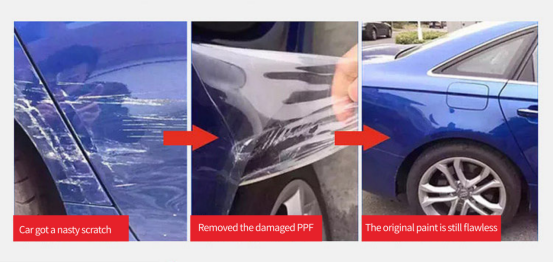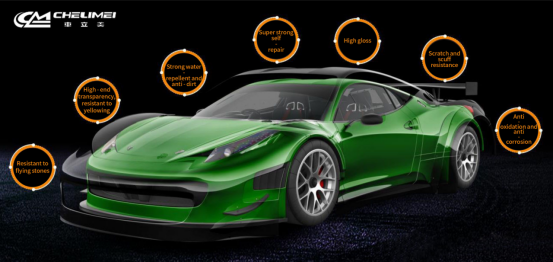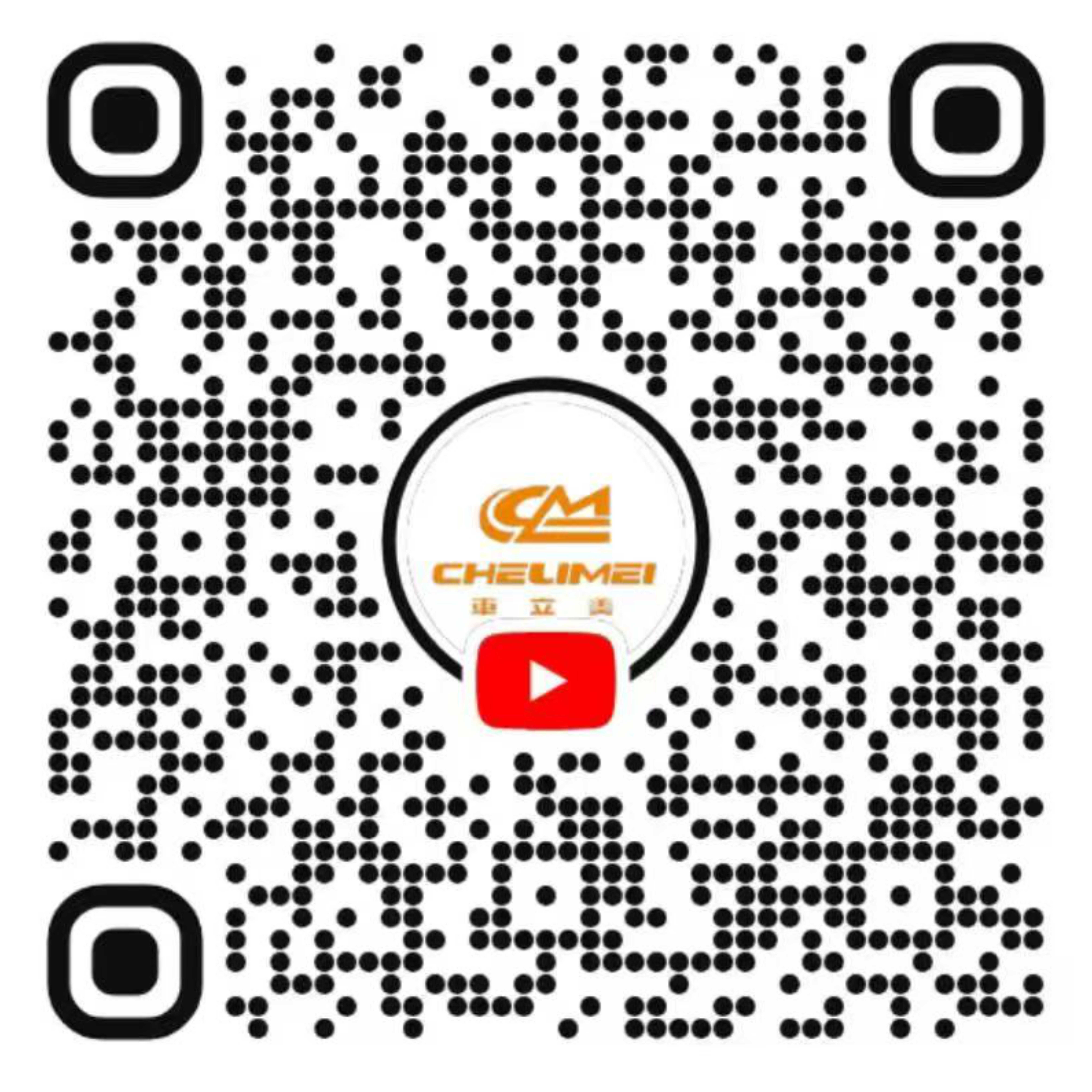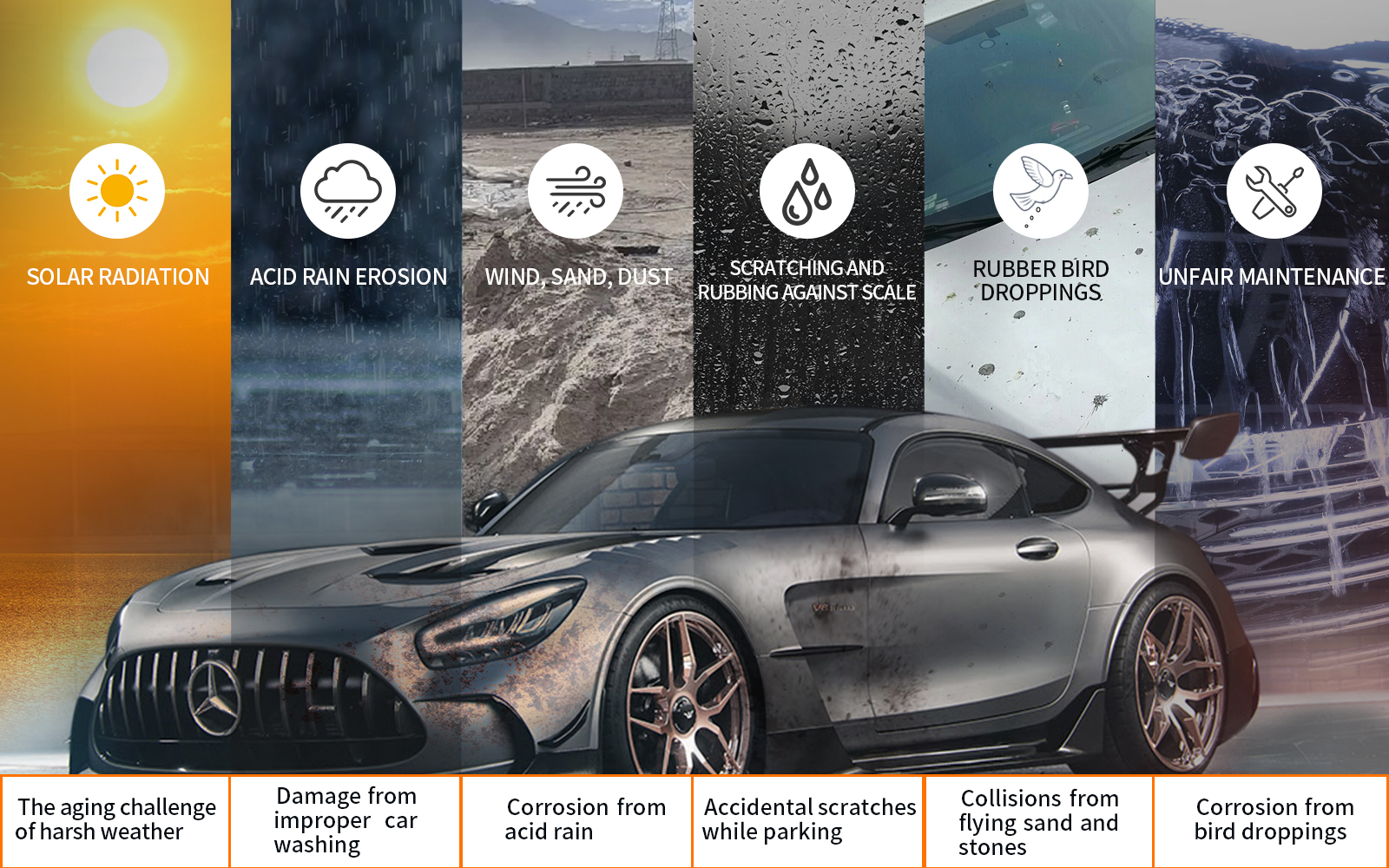
PPF(paint protection film),What is the pros and cons of the car paint surface?
Hey car owners!
Do you ever worry about your car’s paint getting messed up by stuff like:
1.Dirt and stains from the environment
2.Scratches from keys or sharp objects
3.Accidental bumps in parking lots
4.Rocks and debris flying up on the road
5.Acidic stuff like bird poop or tree sap
6.Swirl marks from improper washing
7.Your car’s paint turning yellow over time
8.UV rays and heat from the sun baking your car in summer
So, car owners, make sure to protect the paint surface of your beloved cars!
Paint surface protection matters for cars. Protective films, a key maintenance option, come in two main types: clear invisible wraps and colored body films. They're high - performance, eco - friendly, and popular in car film care. Opinions on them vary a lot, so now I'll quickly go over their pros and cons.

The upsides of Paint Protection Film (PPF):
Chelimei PPF and color-change films are super tough and high-quality. They lock in your car’s "youth" by blocking air, dirt, and rain—keeping your paint flawless for years. Here’s the lowdown:
1.Boost Shine – Makes your paint pop! Adds 30-50% gloss (depending on brand). Your car will look fresh AF.
2.Shield Against Scratches – That thin layer beats wax any day. Scrapes? Only the film takes the hit. Bonus: minor scratches self-heal (heat ’em up!). No worries about rocks or branches.
3.Fight Rust & Stains – Acid rain, bird poop, morning dew? Nope. The film’s like a forcefield for your paint.
4.Easy Clean – Chelimei films use their own anti-stick coating. Water slides right off, dirt won’t stick, and saves you $$$ on washes.
5.Resale Value Up – Keep that factory paint perfect + add shine? Your car could sell for 10-20% more.
The Downsides of Paint Protection Film (PPF):
1.Pricey AF – Brands vary wildly in cost. For quality and peace of mind, go for PPF over ¥5,000 or color-change films over ¥3,000.
2.Useless in Big Crashes – PPF handles minor scratches, but for major accidents? Nah. It might add a tiny bit of toughness, but repairs get pricier ’cause the film’s cost stacks up during insurance claims.

LATEST NEWS
- PPF(paint protection film),What is the pros and cons of the car paint surface? 2025-03-27 13:30:54
- Don’t Fall For Cheap Car Wraps! A High-Quality PPF Or Color-Change Film Should Cost ¥2000-4000! 2025-03-28 16:36:33
- Why Do Top-Quality PPFs & Color Films Love Ashland’s Adhesive? 2025-03-28 16:41:46
- The Coating Code of PPF: Hydrophilic or Hydrophobic? Here’s the Scoop! 2025-03-28 16:47:37
- How To Identify PET vs. PVC Vehicle Wraps? 2025-03-28 16:55:46
- The Difference Between The Paint Protection Films And Color Change Film 2025-03-28 17:01:37
- Does Your Car Need to Be Registered After Applying a Color-Change Film? 2025-03-28 17:05:06
- LED-UV curable fluorocarbon Anti-fouling coating Car Wrap – Worth a Recommendation? 2025-03-28 17:08:08
- What Are The Effects Of Cold Winter Weather On Car Paint? 2025-03-28 17:11:27
- Top-Tier Luxury SUV – Rolls-Royce Cullinan Installed with MOTJ Paint Protection Film 2025-03-28 17:13:35



